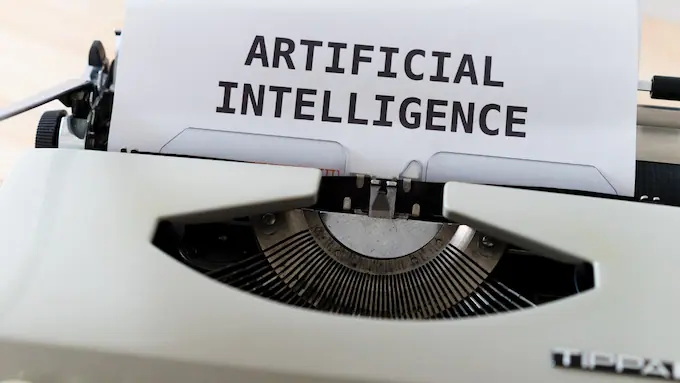
Intelligent Automation – Explanation and Uses
Traditionally, business requires active human effort for specific processes to run smoothly. For such companies, when human interactions are limited due to extenuating factors such as leave of absence or even fatigue, businesses can’t undertake their functions. Similarly, human error was a frequent occurrence that had the likelihood of causing downtime in business functions or resulting in heavy losses. Intelligent automation of business functions provides a solution to such existing issues.
The article discusses Intelligent Automation, its various constituent components, application, benefits, and uses, and concludes with an insight into possible future trends in Intelligent Automation.
What is Intelligent Automation?
Intelligent Automation (IA), or cognitive automation, as it is sometimes called, is the incorporation of automated technologies into business functions to increase efficiency, streamline service delivery, and automate repetitive tasks. IA allows businesses to allocate workforce and resources to necessary tasks while letting technology handle the tasks that humans ordinarily labor through. In the long haul, intelligent automation use cases increase the operative efficiency of businesses.
Read More: What Is Information Technology? Overview and Examples
Core Components of Intelligent Automation
For IA to operate effectively, the system subsumes three critical components which undertake distinctly separate but coordinated functions.
1. Artificial Intelligence
IA would be incomplete without Artificial Intelligence technologies which undertake most of the automation tasks of the IA. Through machine learning technologies in coordination with complex algorithms, the IA can determine a framework for data analysis, thus creating prediction points for decision-making. The analyzed data provides a basis for the business to make decisions on future processes based on past learnings.
2. Workflow Automation
Workflow automation in the form of Business Process Management is a very critical element of the IA protocols. IA analyzes how different functions in the business run and determines the best way to streamline the functions by increasing efficiency while reducing the time and resources spent. Thus, the IA subsequently structures workflows and process iterations for subsequent tasks that the business regularly undertakes.
3. Robotic Process Automation
The final core component of IA is Robotic Process Automation. By incorporating machine learning algorithms trained with large tracts of actionable data alongside workflow automation systems, IA creates bots, which are software structured to perform automated and iterated tasks. Thus, the software uses the data to generate automated results, negating the necessity of constant human involvement and supervision.
Application, Benefits, and Uses of IA
As alluded to above, IA has extensive use cases in the business plane by providing an elaborate framework through which businesses can undertake repetitive tasks. The following are some benefits you can gain from using IA systems.
1. Accuracy in Business Functions
Human error is one of the leading causes of property losses and lives in many situations. For instance, in the medical field, over 250,000 people die due to human errors every year, accounting for 9.7% of all deaths. Additionally, human error accounts for 75% of situations in which sensitive data is lost. Which also has significant cost implications for any business.
Through automation of business functions via IA, businesses can avoid errors that lead to losses by enhancing accuracy in the industry. Automating tasks based on accurately collated data points also improves consistency in business processes, allowing for a streamlined workflow.
2. Increased Productivity With Reduced Costs of Production
Automated systems in businesses augment the existing workforce by complementing their efforts and increasing productivity. Businesses can increase productivity by reducing the number of repetitive tasks an individual worker has to do on any given day. Since the workers can handle other tasks that the IA system would not. In the long run, the increased productivity relates to an increased profit margin. Besides, production costs are significantly reduced as fewer resources are needed to increase productivity.
3. Enhanced Customer Experience
Using IA enhances the customer experience of the target market of any business. It allows the company to increase its efficiency in service delivery while maintaining a constant streak of accuracy and quality. This ensures that all customers enjoy the services they gain from the business. And can trust in timely and quality services. This also has a favorable implication for the profits.
Future Trends in IA
If the past 30 years of innovation since the development of the Internet is anything to go by, modern technology is rapidly evolving. As technology changes, so should businesses acclimate to the novel trends. In IA, one of the possible trends arises from the necessity of companies to streamline remote work. Work ordinarily done on-site can be remotely automated using IA systems. Thus allowing workers to dedicate themselves to other necessary business functions.
Final Words
The increase in the number of Intelligent Automation systems in modern business practices allows businesses to increase productivity. And also service delivery and increasing profitability. Thus, businesses should take time to be innovative and develop strategies for incorporating IA into their business functions.





